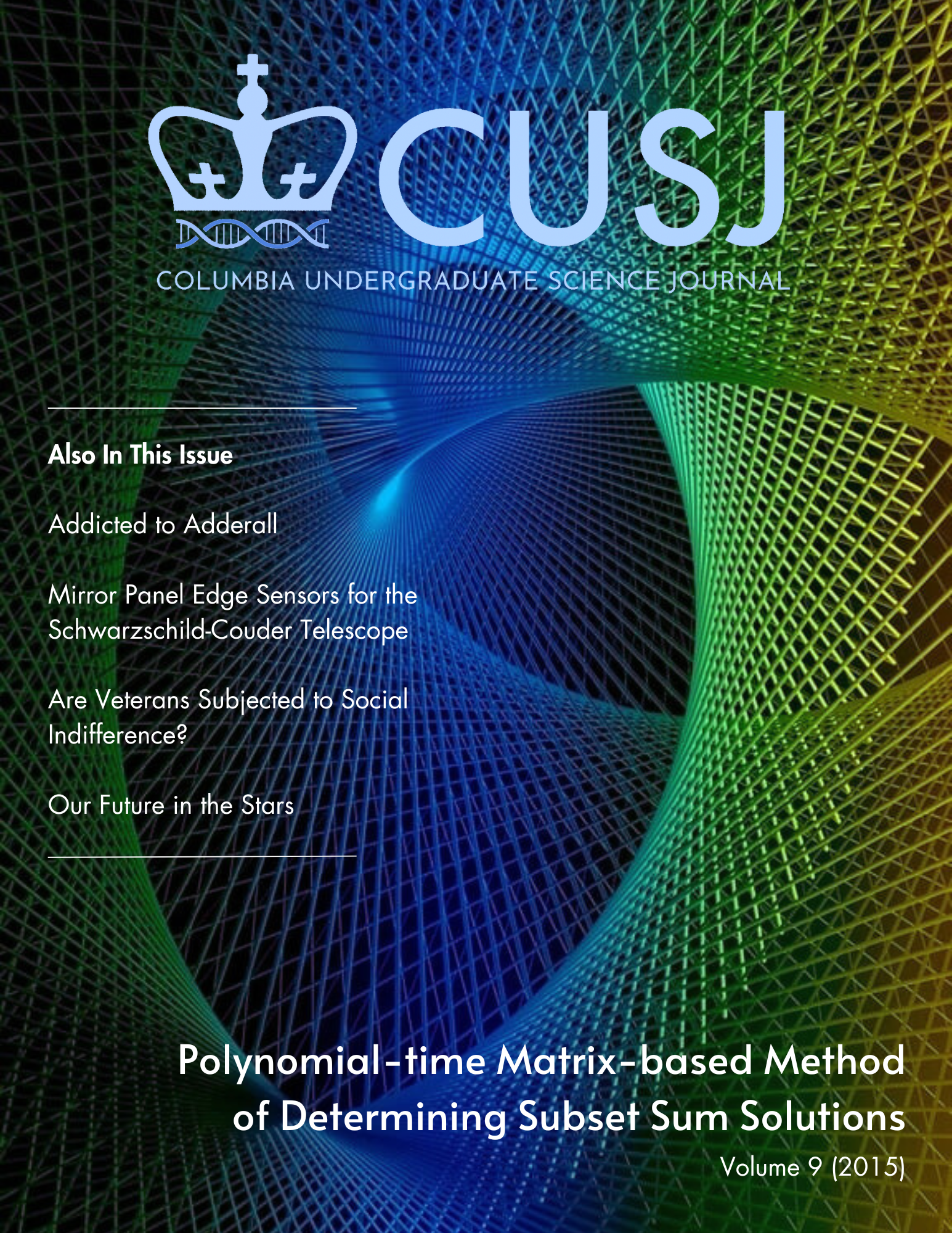Abstract
After years of hard physical and mental training, they take their first steps to the shuttle, waving goodbye to all the spectators and Earth. These astronauts, originally scientists, teachers, pilots, and engineers, each endured at least three years of rigorous professional training before even applying to an astronaut program. Earning a bachelor’s degree is the minimum requirement for NASA positions, and the astronauts train beyond the classroom by swimming laps in a space suit to experience zero-gravity. A day in an astronaut’s life might start by climbing aboard the “vomit comet,” an aircraft that flies a parabolic path to simulate microgravity conditions. Astronauts also accustom themselves to move and work in weightlessness at the Neutral Buoyancy Lab in NASA’s Johnson Space Center (JSC). Behind the walls of this facility in Houston, Texas, these astronauts-in-training submerge themselves in a massive swimming pool while in clunky space suits. They navigate in full-scale underwater mockups of their shuttle and familiarize themselves with the life-size replica of the International Space Station (ISS).
After years of training, these space pioneers stand at the launch pad with 1000 jet aircraft pilot-in-command hours in their pockets, thoroughly acquainted with every module on the ISS. NASA statistics claim that the launch shuttle sends our astronauts hurling into space at 18,000 mph, a speed nine times faster than the average rifle bullet. In just six hours, they arrive at the actual ISS, which spans about the width of an American football field. The docking process is actually the most complicated component of their journey; the spacecraft cannot dock without entering the correct orbit at the correct time, and there is no room for a mistake that might send the spacecraft crashing into the ISS.
When the astronauts finally do make it onboard the ISS, they’ll find themselves inside a leviathan weighing nearly one million pounds. The astronauts have more space than a six-bedroom house and are required to exercise in the station’s gymnasium. They might walk through the main central truss and look through the 360o bay window, and then visit laboratories where physicists attempt to detect dark matter and biologists study muscle atrophy in zebrafish. To prevent loss of muscle and bone mass, our astronauts engage in scheduled exercise and various spaceship repairs every day, leaving them only an hour or two of free time in the mornings. Control center staff back on Earth likewise cannot sit back and relax. Orbital debris presents a constant, imminent danger to the wellbeing of the ISS. Station-crew and on-ground staff must do all that they can to protect this $150 billion flying space station from large debris while simultaneously conducting research and repairing the ship.
The ISS is anything but permanent. Our astronauts’ toil will amount to nothing if we cannot raise the funds necessary to keep the station in orbit. Boeing predicts that the ISS’s parts can hold up through 2028, but the bigger issue is finding funding to keep the station alive. NASA and its partners in Russia, Japan, Canada, and other countries have committed to funding the station through 2020, but what its fate afterwards is uncertain. These countries are debating the question if the structure should be kept in orbit, allowing further research and providing a market for space transport companies like SpaceX and Sierra Nevada. Alternatively, they could choose to give up the mammoth, perhaps by letting it spiral down into the South Pacific for a watery death.
Fortunately for ardent ISS supporters, there is some solace for the immediate future; NASA and White House officials announced plans to keep the station running till at least 2024. Still, it is time to look beyond this station. As famous and celebrated as it may be, new avenues for exploration must be built after the ISS becomes dysfunctional. As our society has look into our future in space, we have expanded our ideas, including plans to construct space colonies –stations with Earth-like features that function as permanent settlements. If these colonies successfully sustain human life, there are plans to build a mega-station called ‘Elysium’ – based off the movie – which could house a large portion of the human population. Such stations might very well be essential to mankind’s future in the stars.
There are also plans to construct a new NASA vehicle, the Orion Multi-Purpose Crew Vehicle (MPCV), specifically for deep space exploration. Expected to meet the constantly growing needs of human space exploration programs, Orion may eventually carry astronauts to worlds far beyond Earth’s orbit which no man has ever seen or set foot on. This century marks the dawn of a new era in exploration, and if we can muster the manpower and financial support, humankind will advance further than we’ve ever been from our home planet.

This work is licensed under a Creative Commons Attribution 4.0 International License.

